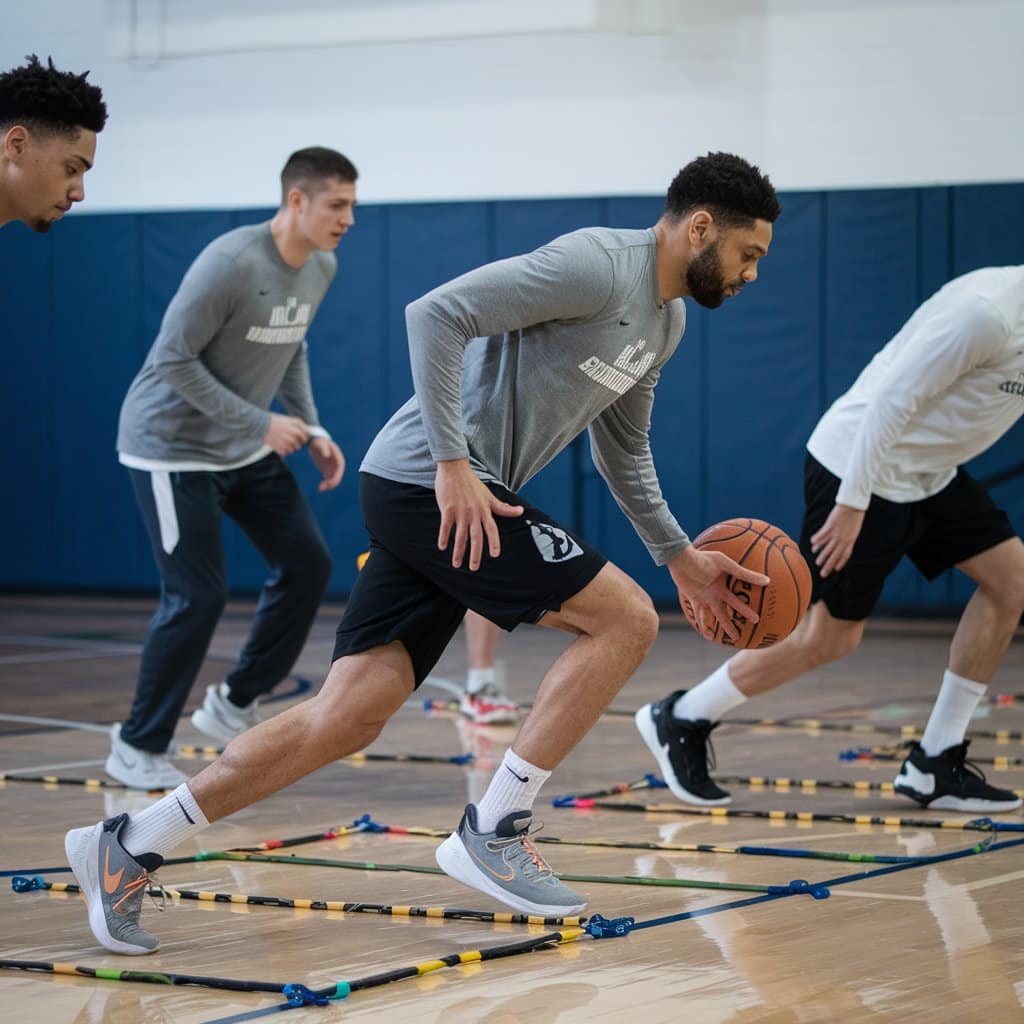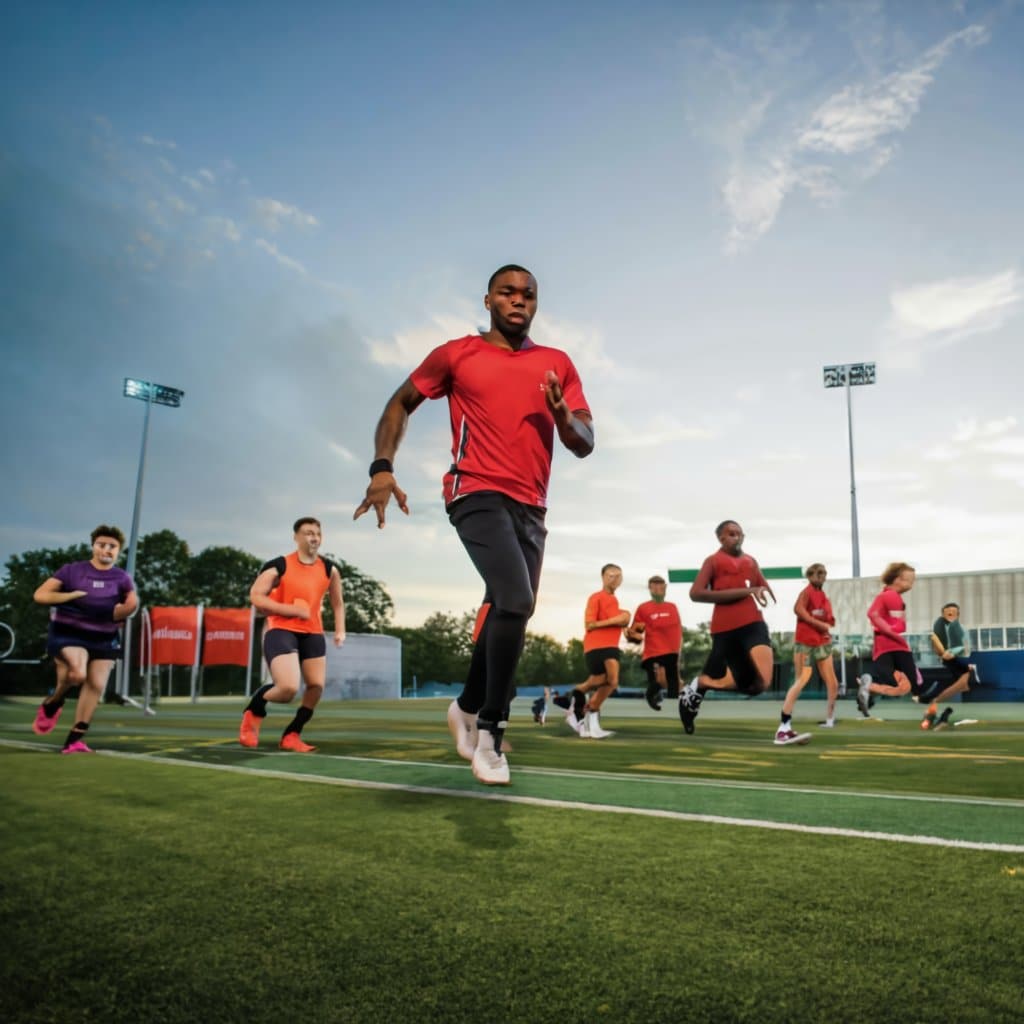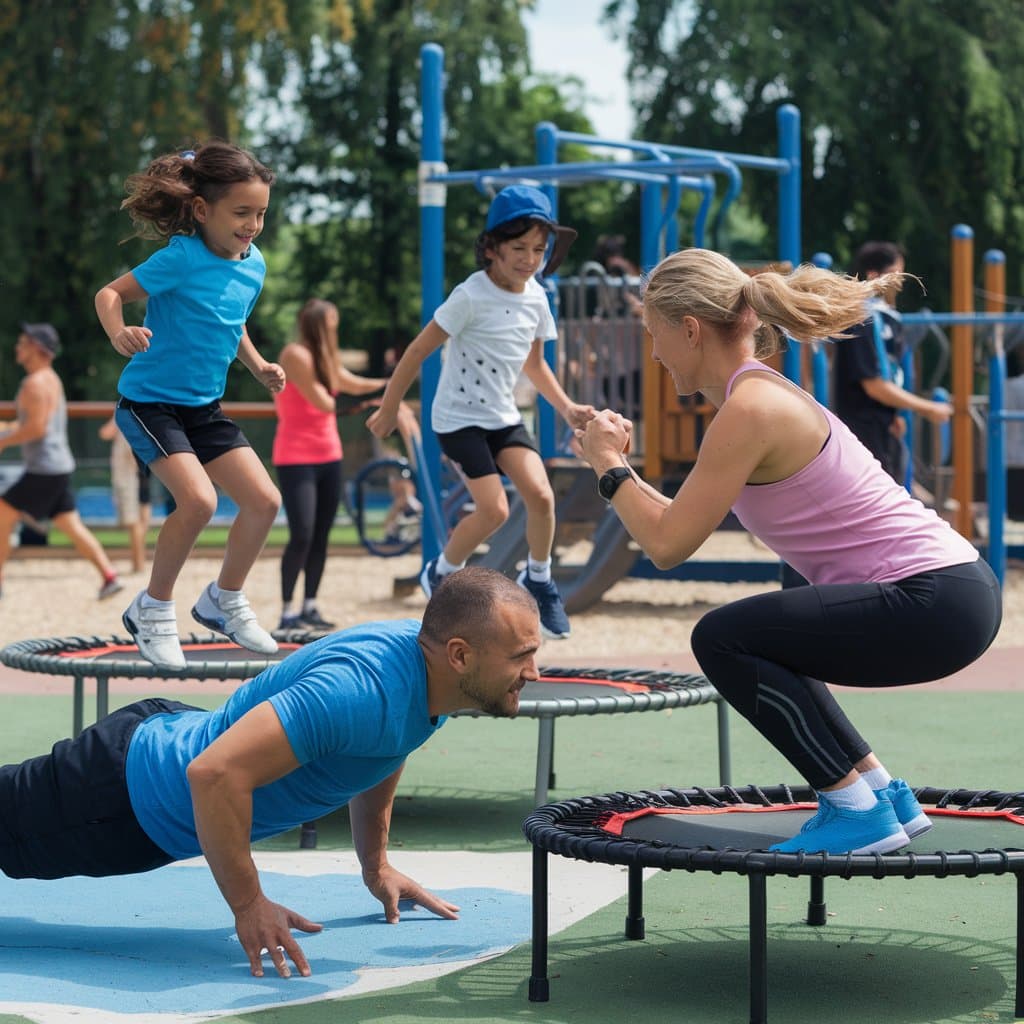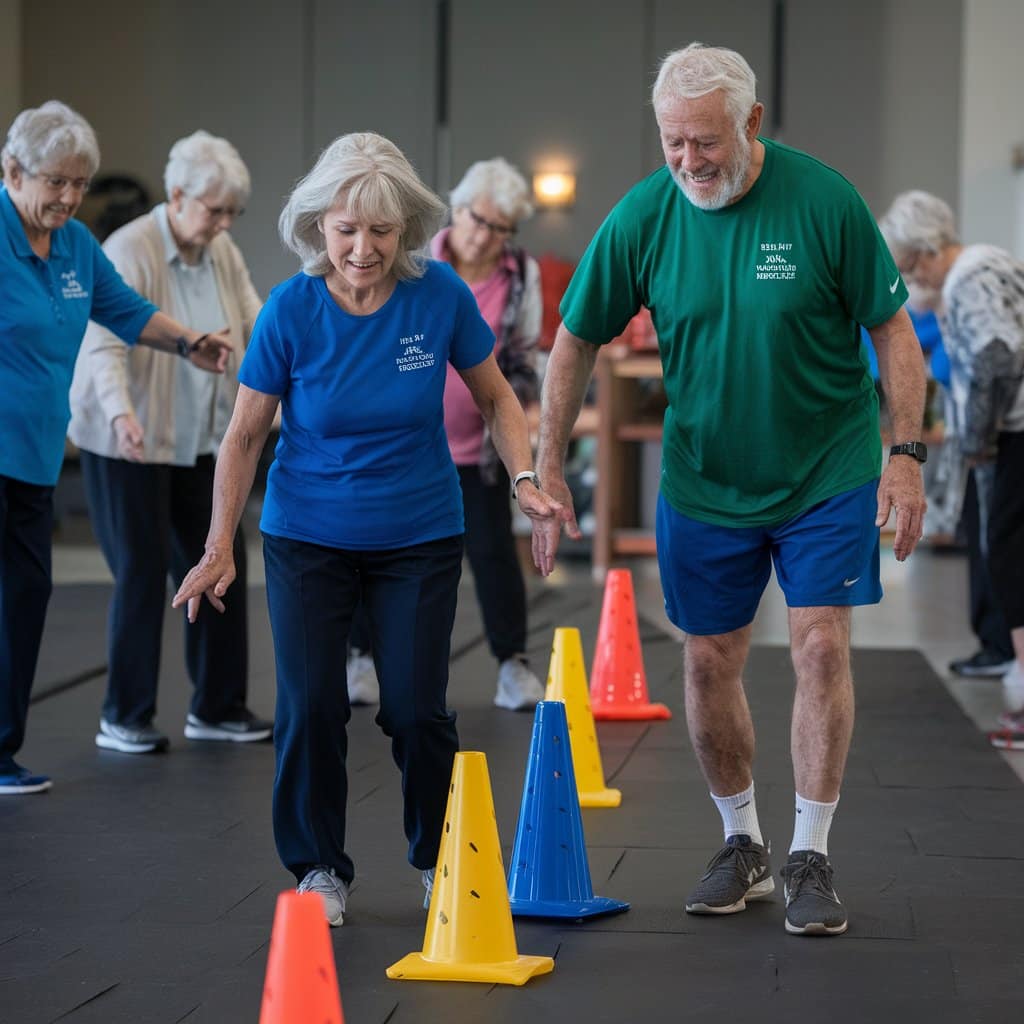Bodybuilding workouts are an essential part of any fitness routine for those looking to gain muscle and increase strength. Whether you’re a beginner or an advanced lifter, understanding effective bodybuilding techniques can help you achieve your goals more efficiently. This guide covers everything from workout structure to tips for optimizing muscle growth. Benefits of Bodybuilding Workouts Bodybuilding workouts offer a range of benefits beyond aesthetics. Regular strength training improves overall health, increases bone density, and boosts metabolic rate. These workouts also enhance mental resilience and discipline, providing a holistic approach to health and fitness. Structure of a Bodybuilding Workout A well-rounded bodybuilding workout typically includes three main components: warm-up, strength training, and cool-down. Each component is crucial for maximizing results and preventing injuries. Warm-Up A proper warm-up increases blood flow to muscles, enhances flexibility, and prepares the body for intense exercise. Dynamic stretching and light cardio are excellent ways to warm up. Strength Training Strength training forms the core of bodybuilding workouts. Exercises like squats, deadlifts, and bench presses target major muscle groups, promoting hypertrophy and strength gains. Cool-Down The …
Jordan Wells
Jordan Wells
Jordan Wells is a certified fitness coach with over 7 years of hands-on experience working with clients ranging from everyday beginners to competitive athletes. With a background in kinesiology and a deep passion for evidence-based training, Jordan focuses on building smart, sustainable workout programs that actually fit real life. His/her specialties include strength training, agility development, and helping people move better — not just look better. Outside the gym, Jordan writes about functional fitness, motivation, and the mental side of training. “Fitness isn’t about perfection — it’s about showing up, staying consistent, and making the process work for you.” You can usually find Jordan outdoors with a kettlebell, a jump rope, or a notebook full of new training ideas.
Building muscle is a goal that requires commitment, the right strategies, and a balance between training, nutrition, and recovery. In this comprehensive guide, we’ll cover essential tips for muscle growth, from optimizing your workout routines to ensuring your diet supports your goals. 1. Understand the Basics of Muscle Growth To build muscle effectively, it’s important to understand how muscles grow. Muscle growth occurs through a process called hypertrophy, which is the enlargement of muscle fibers. This is achieved by exerting resistance (lifting weights) and progressively increasing the load over time. Progressive Overload One of the primary principles of muscle building is progressive overload. This involves gradually increasing the weight, reps, or sets over time to continually challenge your muscles. As muscles adapt to the increased load, they grow stronger and larger. Consistency is Key Consistency in both your workouts and your diet is essential for muscle growth. Building muscle is not an overnight process; it requires regular training sessions, adequate nutrition, and time for your muscles to repair and grow. 2. Create an Effective Workout Routine Your workout routine should …
Bodybuilding supplements have become essential for athletes and fitness enthusiasts seeking to maximize muscle gains, enhance recovery, and improve overall performance. With so many options available, choosing the right supplements can be overwhelming. This guide will break down the best bodybuilding supplements backed by science and commonly recommended by fitness experts, helping you select those that align with your bodybuilding goals. Understanding the Role of Supplements in Bodybuilding Before diving into specific supplements, it’s essential to understand their role in bodybuilding. While supplements cannot replace a balanced diet and a rigorous training program, they can support specific physiological functions that enhance your results. From muscle protein synthesis to reducing fatigue, supplements can play a critical role in your bodybuilding journey. The Best Bodybuilding Supplements for Muscle Growth Protein Powders: Essential for Muscle Repair and Growth Protein is the building block of muscles, making protein supplements a top choice for bodybuilders. Whey Protein Benefits: Rapidly digestible, high in essential amino acids, and supports post-workout recovery. How to Use: Take a whey protein shake immediately after your workout for optimal muscle repair. …
In the fast-paced game of basketball, agility is key. Players must be able to move quickly, change direction on a dime, and maintain balance while executing plays. Agility training helps athletes improve these essential skills, allowing them to perform at their best. This comprehensive guide will explore the importance of agility training in basketball, effective exercises, and strategies to incorporate agility drills into your training regimen. Importance of Agility in Basketball Agility is crucial in basketball for several reasons: Speed: Players need to move quickly across the court, whether on offense or defense. Speed helps in getting to the right positions, stealing the ball, or driving to the basket. Reaction Time: The ability to react swiftly to opponents’ movements can lead to more successful plays. Quick decision-making is essential in high-pressure situations. Balance: Maintaining stability while changing directions or executing skills is vital for effective gameplay. Good balance helps players maintain control over their movements. Game Strategy: Agility contributes to executing game strategies effectively, such as cuts, screens, and defensive positioning. By focusing on agility training, basketball players can enhance …
Interval training for agility is a powerful tool for athletes and fitness enthusiasts aiming to improve speed, coordination, and reaction time. Agility is not just about moving fast; it requires a combination of balance, strength, and quick decision-making, which interval training can enhance. In this guide, we’ll dive deep into how interval training can transform agility, the science behind it, and practical routines to get started. What is Interval Training for Agility? Interval training involves alternating periods of intense activity with periods of rest or low-intensity recovery. When focused on agility, these intervals specifically target movements that enhance rapid directional changes, balance, and body control. Interval training for agility is especially popular in sports like basketball, soccer, and tennis, where quick reactions are crucial. The Science Behind Interval Training and Agility Research shows that interval training improves both aerobic and anaerobic systems, critical for explosive agility movements. Short, intense bursts push the body to its limits, while recovery periods allow partial recuperation, enabling repeated high-intensity efforts. This enhances neuromuscular coordination, leading to faster reflexes and improved balance. Regular interval training …
Incorporating power and agility training into your workout routine can yield significant benefits in performance, speed, and injury prevention. Whether you’re an athlete, fitness enthusiast, or someone looking to enhance overall physical resilience, understanding how to optimize power and agility can unlock new levels of performance. What is Power and Agility Training? Power and agility training focuses on developing strength, speed, and quickness. While power training emphasizes explosive strength to propel movement, agility training enhances balance, coordination, and directional change. Combining these can lead to faster reaction times and superior movement efficiency, beneficial for sports and daily activities alike. Key Components of Power Training Power training is about maximizing force output in the shortest time possible. Key components include: Explosive Movements: Exercises like box jumps, power cleans, and plyometrics develop fast-twitch muscle fibers, enabling quick, powerful movements. Strength Building: Compound lifts such as deadlifts, squats, and bench presses build foundational strength, essential for generating explosive power. Speed Training: Adding sprints or high-velocity exercises increases the body’s capacity for fast movement, critical for sports like basketball, soccer, and football. Key Components …
Agility and mobility exercises are essential for improving physical performance, reducing injury risk, and enhancing flexibility. Whether you’re an athlete or simply looking to stay active, integrating agility and mobility training into your routine can offer tremendous benefits. In this guide, we’ll cover the best agility and mobility exercises, why they’re important, and how you can get started today. What are Agility and Mobility Exercises? Agility exercises focus on enhancing your ability to move quickly and change direction efficiently, which is critical in many sports and daily activities. Mobility exercises, on the other hand, emphasize improving joint range of motion and muscle flexibility. Together, these exercises help create a balanced and resilient body. Benefits of Agility and Mobility Exercises Enhanced Performance: Agility and mobility training improve your speed, coordination, and reaction time, allowing you to perform better in sports or physical activities. Injury Prevention: By increasing flexibility and joint range, mobility exercises help reduce the likelihood of injuries. Improved Flexibility: Regular mobility work helps muscles stay limber, which can prevent stiffness and joint pain. Better Balance and Coordination: Agility exercises …
Agility training is a crucial yet often overlooked component of a runner’s training regimen. Incorporating agility exercises into your routine can enhance speed, improve balance, and increase overall performance. In this comprehensive guide, we will explore the benefits of agility training, effective exercises, and tips for integrating agility drills into your running routine. Benefits of Agility Training for Runners Agility training offers numerous benefits that can significantly enhance a runner’s performance. Here are some key advantages: Improved Speed: Agility drills focus on quick, explosive movements, which can lead to faster running times. By developing fast-twitch muscle fibers, runners can improve their overall sprinting capability. Enhanced Balance: Agility training helps develop better balance, crucial for maintaining form during runs, especially on uneven terrain. Injury Prevention: By strengthening stabilizing muscles and improving joint stability, agility training can reduce the risk of common running injuries such as sprains and strains. Increased Coordination: Agility exercises enhance coordination, allowing for smoother and more efficient running mechanics, which can lead to improved overall performance. Better Reaction Time: Agility training helps improve your body’s response to unexpected …
Agility is a critical component in lacrosse, allowing players to move quickly and efficiently, evade defenders, and execute plays effectively. This article explores various agility training techniques tailored for lacrosse players, providing insights into drills, benefits, and expert tips to enhance performance on the field. Understanding Agility in Lacrosse Agility in lacrosse refers to the ability to change direction quickly and control body movements while maintaining balance and coordination. It’s essential for dodging opponents, transitioning between offense and defense, and executing complex plays. Lacrosse players benefit significantly from agility training, which enhances their overall athletic performance. The Importance of Agility Training Agility training is crucial for lacrosse players for several reasons: Improved Speed: Agility drills enhance foot speed, allowing players to move faster on the field. Enhanced Balance: Training improves stability, reducing the risk of injuries during rapid movements. Better Coordination: Agility drills develop hand-eye coordination, vital for catching and passing the ball. Increased Reaction Time: Agility training sharpens reflexes, enabling players to respond quickly to game situations. Key Agility Training Techniques for Lacrosse 1. Ladder Drills Ladder drills are …
As a fitness coach specializing in senior wellness, I’ve witnessed firsthand the transformative effects of agility training on older adults. Improving balance and coordination not only enhances physical health but also boosts confidence in daily activities. Let’s explore how agility exercises can make a significant difference. Introduction As individuals age, maintaining physical fitness becomes increasingly important for their overall well-being. Agility training for seniors focuses on improving balance, coordination, and reaction time—skills essential for daily activities and injury prevention. This article explores the benefits of agility training, effective exercises, safety tips, and how to create a personalized agility training program for seniors. Benefits of Agility Training for Seniors Agility training offers numerous advantages for seniors, including: Improved Balance: Enhancing balance reduces the risk of falls, which is a significant concern for older adults. Studies have shown that regular agility training can decrease fall-related injuries, allowing seniors to maintain their independence. Increased Coordination: Better coordination aids in performing everyday tasks more efficiently. Activities such as walking, climbing stairs, or even simple household chores become easier and safer. Enhanced Reaction Time: Quick …










